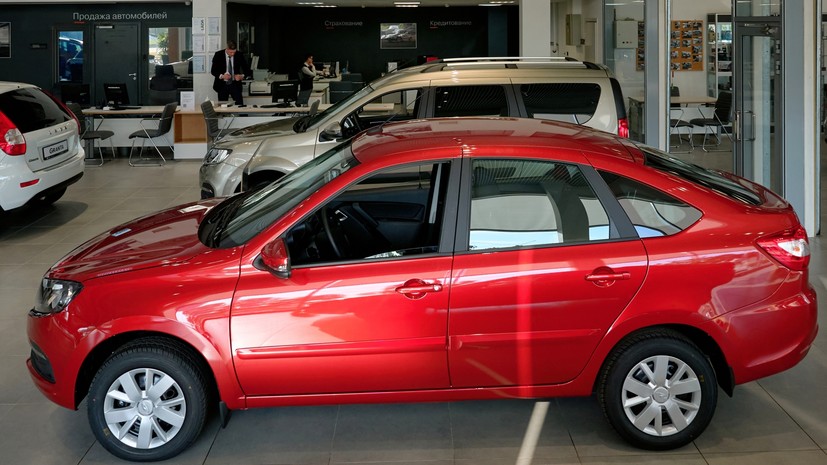In May 2023, almost 72.2 thousand new cars were sold in Russia, which is 2.6 times higher than in the same period in 2022. Such data on Monday, June 5, was published by the analytical agency "AUTOSTAT".
Lada remains the leader in sales among the automobile brands represented in Russia with a result of 22,029 cars sold and a market share exceeding 30%. In May 2022, AvtoVAZ sold 6656 cars under this brand.
The second, third and fourth places in terms of sales in the latest ranking are occupied by Chinese brands Chery (7444), Haval (7432) and Geely (6690). The top five most popular brands are occupied by the Korean Kia (3090).
The top ten in terms of sales of new cars in Russia also included Chinese brands Exeed (3028), Omoda (2569) and Changan (1983). At the same time, the seventh place was taken by the Korean Hyundai (2722), and the ninth by the Japanese brand Toyota (2016). At the same time, both Korean brands represented in the top 10 recorded a slight drop in sales compared to May 2022.
Also on russian.rt.com In Russia, the demand for new Chinese cars has more than quadrupled in a year
The most popular model in the Russian market is Lada Granta. In May, 15,791 cars of this family (almost 22% of the market) were sold in the Russian Federation. The top three also included Chinese crossovers Haval Jolion (3864) and Geely Coolray (3536). Of the ten best-selling models in May, seven are Chinese brands.
Auto expert Igor Morzharetto, in an interview with RT, noted that the statistical increase in sales by 2,6 times compared to May 2022 does not mean anything, since last year this month there was an unfavorable situation with the sale of cars. However, according to the analyst, if we take into account the results of April 2023 (75,622 new cars), then we can talk about the upward trend in sales observed for several months (according to AUTOSTAT, 45.2 thousand new cars were sold in January, 56.1 thousand in February, and 69.9 thousand in March).
"This inspires some hope. I would not say that the market has recovered, but there is hope. Deferred demand works. People go to buy cars because they are needed," the expert said.
Maxim Kadakov, editor-in-chief of Za Rulem magazine, also mentioned the low base effect of 2022. According to him, if the current dynamics are maintained, by the end of the year it is possible to predict about 800 thousand new cars sold.
"Now there will be a traditional summer failure, and in the fall there will be a certain rise. I predicted an upper limit of 850,<> cars for this year. There is cautious optimism, but nothing supernatural has happened yet, "said the interlocutor of RT.
Step-by-step return to the requirements of technical regulations
In early June, the Ministry of Industry and Trade announced its decision to gradually return the Russian auto industry to the requirements of technical regulations, which were simplified in May 2022. Then manufacturers were temporarily allowed to produce cars without an anti-lock braking system and with an environmental class below Euro-5.
In accordance with the decision approved by the Prime Minister of the Russian Federation Mikhail Mishustin, the temporary procedure will continue to operate until February 1, 2024. At the same time, before this date, previously introduced exemptions will be gradually canceled.
As noted in the ministry, the deadlines for the presentation of new safety requirements have been agreed with the largest Russian manufacturers, taking into account their technical capabilities and readiness to commit themselves to equipping manufactured cars with appropriate systems.
"So, from June 1, 2023, vehicles produced on the territory of the Russian Federation must comply with an environmental standard of at least "2". In addition, from December 1, 2023, cars will be required to be equipped with an anti-lock braking system," the Ministry of Industry and Trade said in a statement.
In addition, for brands that have not stopped official deliveries to Russia, until October 1, the import mechanism remains on the basis of conclusions drawn up within the framework of simplified technical regulations. And for manufacturers that have officially ceased their activities in Russia, a simplified safety assessment mechanism will continue to operate until February 1, 2024.

